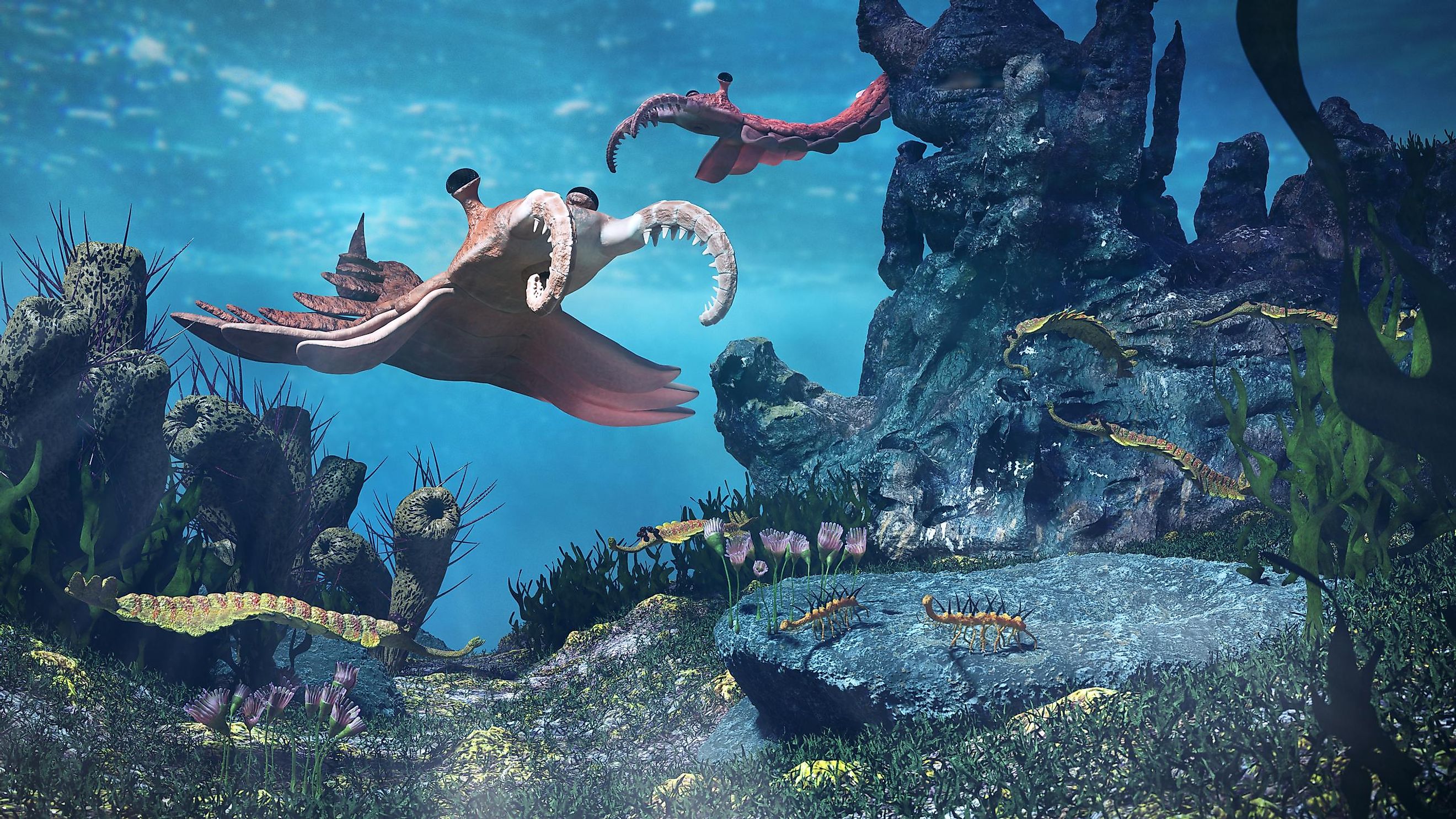
What Was The Cambrian Explosion?
The Cambrian Explosion refers to period in Earth history when life diversified at an unprecedented rate. The Cambrian Explosion occurred during the Cambrian period, part of the Paleozoic era, some 570 to 530-million years ago. During this interval, almost all major animal phyla appear in the fossil record. The “explosion” happened over a range of approximately 30-million years. However, some of the evolutionary changes may have only taken 5 to 10-million years to unfold. Prior to the Cambrian Explosion, life on Earth consisted mostly of bacteria, plankton, and multi-celled algae. There was little beyond simple, single-celled organisms and small multicellular organisms. However, as evolution progressed, more complex life emerged. The Cambrian Explosion marks one of the most significant moments in the history of life on Earth.
What Caused the Cambrian Explosion?
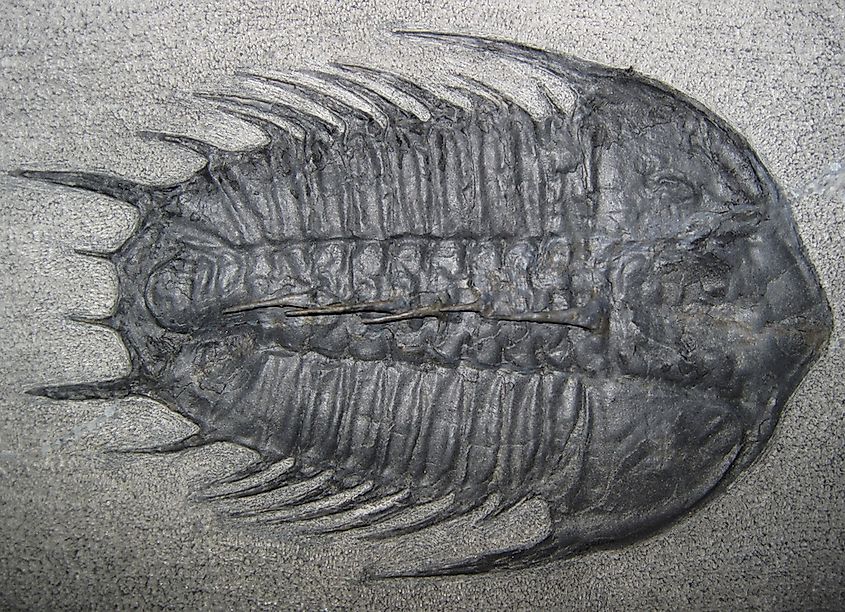
Despite being one of the most significant evolutionary events, the precise cause of the Cambrian Explosion is unknown. It is unlikely that the Cambrian Explosion was caused by a single event. Rather, it was likely the result of multiple factors, most environmental, contributing to the rapid diversification of life.
Oxygen Levels
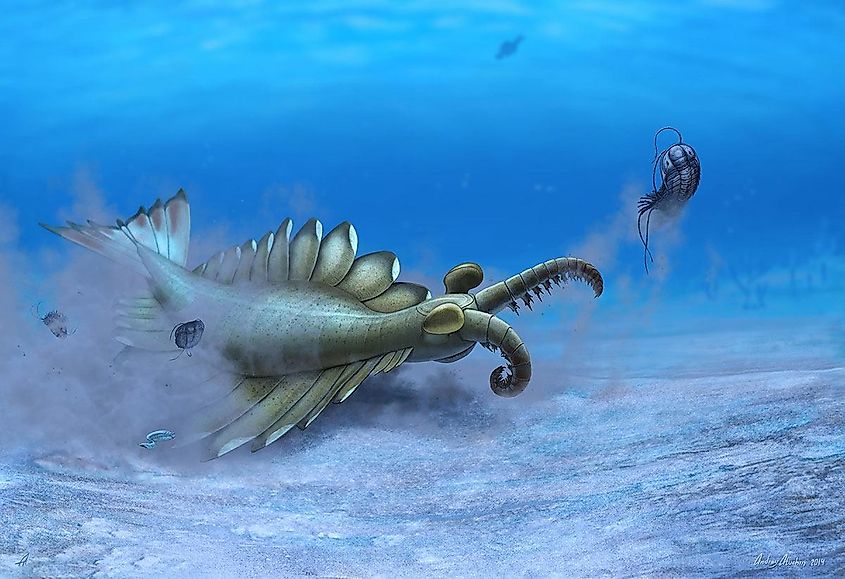
Emissions from photosynthesizing bacteria and algae gradually increased oxygen levels, providing the conditions necessary for more complex forms of life to evolve. Oxygen is essential for a vast number of different organisms for metabolic and physiological processes. The major issue with this theory is the lack of data, such precise oxygen levels before and during the Cambrian Explosion. Geochemical evidence for the rise of oxygen levels exists, but it is difficult to distinguish changes to the amount of oxygen from the atmosphere and oceans. Furthermore, geologic evidence suggests that Earth's ozone layer formed just prior to the Cambrian Explosion around 600-million years ago. The ozone protects the Earth from high energy radiation from the sun, and that layer of protection may be a factor in life evolving so quickly.
Global Temperatures
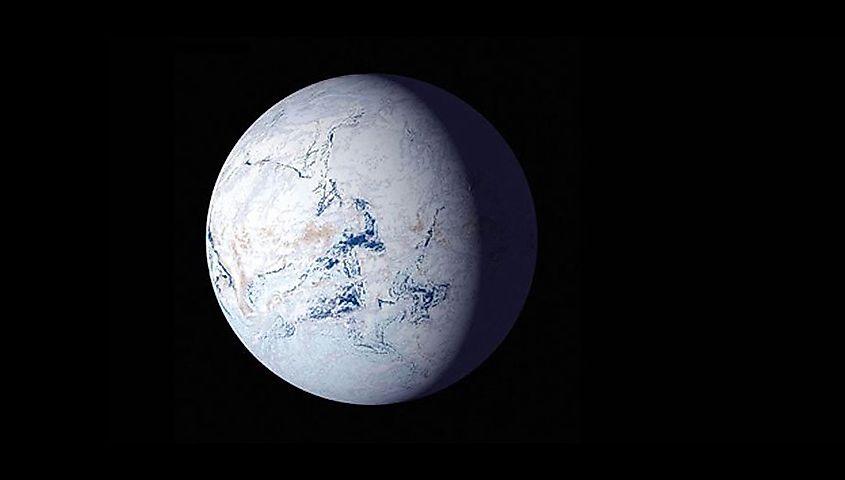
A warming climate and rising sea levels may also have contributed to an environment where life could thrive. During the Neoproterozoic era, the time between simple and complex life, Earth experienced cold climates. The extreme cold resulted in global glaciations, events generally referred to as "Snowball Earth". As the Earth eventually warmed, nutrients were transported throughout the Earth's oceans, allowing life to evolve into more complex forms at a significant rate.
Salt in the Oceans
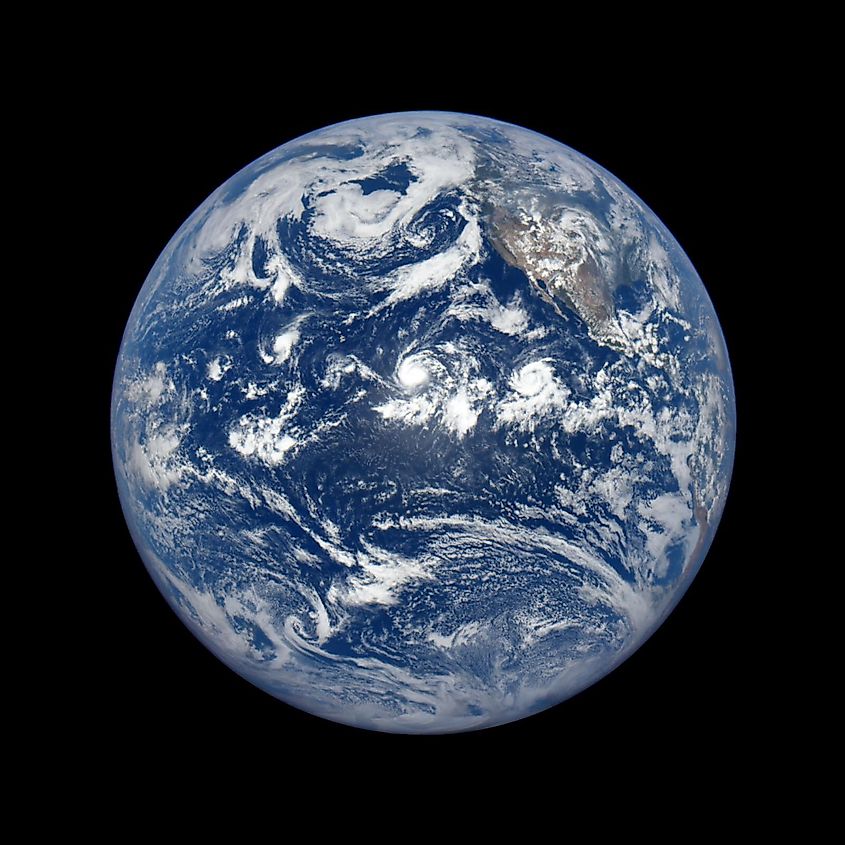
Seawater composition, specifically the amount of salt in the oceans, is another potential factor. Researchers estimate the initial amount of salt in the oceans was around 1.5 to 2 times higher than today. The late Neoproterozoic period marked a decline in salt levels. Most macroscopic life cannot tolerate extreme salinity levels. Thus, a decline in the amount of salt in the oceans may another factor in the attributed to the Cambrian Explosion. It is unlikely that any single event caused the Cambrian Explosion. Rather, there was a number of factors that led to this moment in history, some of which are yet to be discovered.











